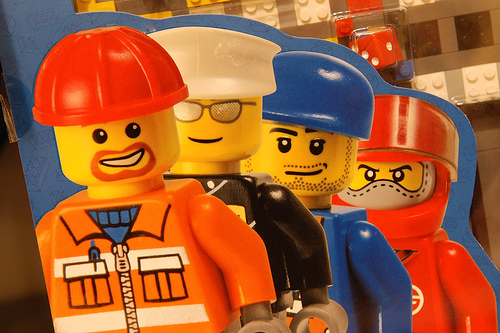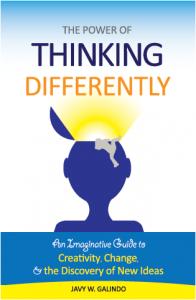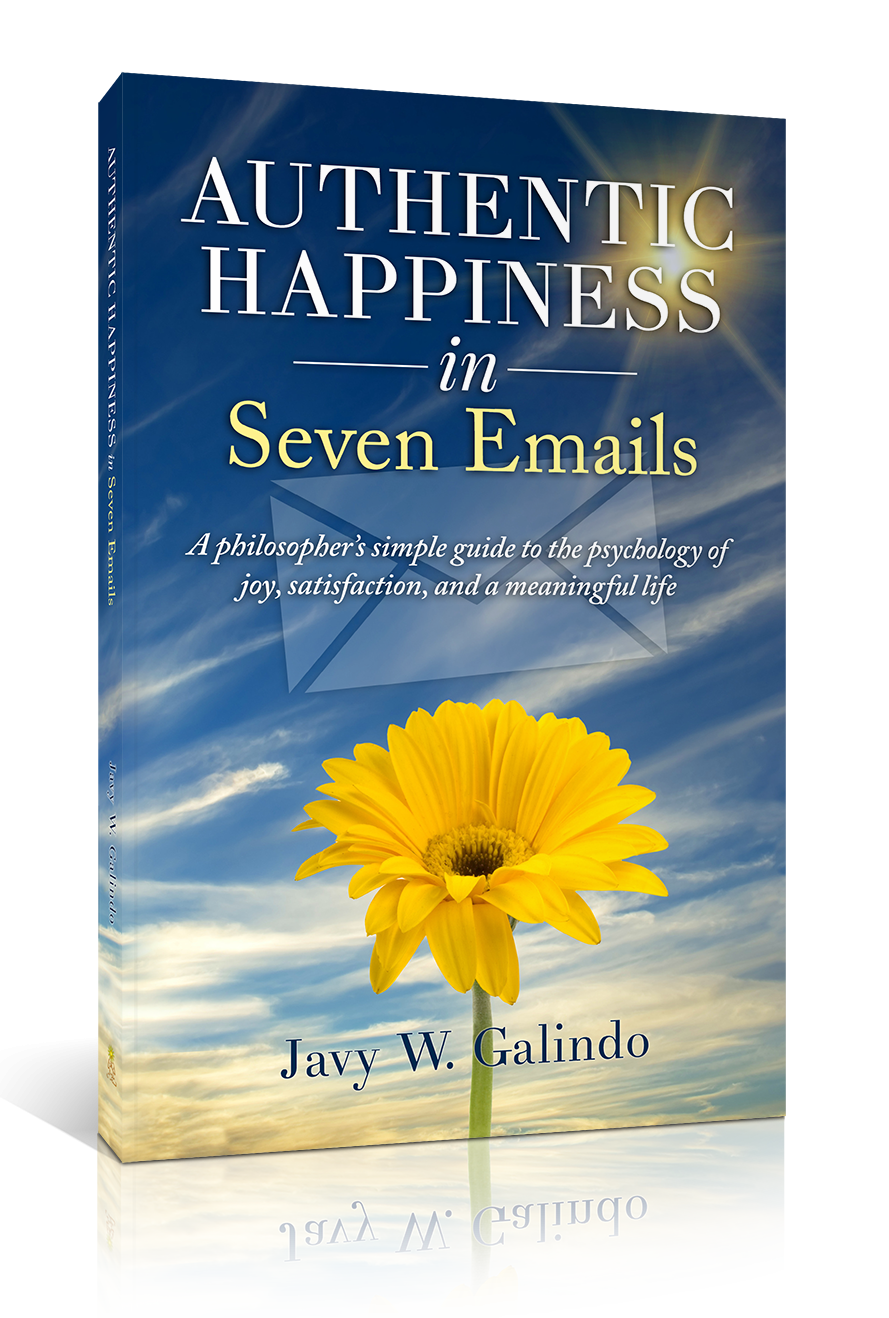What’s the fastest way to find creative ideas?
It’s a question I’m asked often at my creative thinking workshops. Almost everyone is interested in quick results. And who can blame them? When we want to make creative change, we often want it now. Who has time to wait?
Well, if you really want your brain to quickly come up with new insights and perspectives, the fastest way to do that is to have more of them.
…more brains that is.
This is where I often see a collective cringe at my workshops.
What? Work with other people? God, no.
Believe me, I can sympathize with the sentiment. I worked in corporate America for a number of years and was a staff member of a number of non-profits. Nothing kills creativity faster than egos or personality conflicts.
But the truth is that creativity requires combining old perspectives in new ways. It requires mixing a pot of diverse opinions to come up with an interesting stew. While you can explore different perspectives by yourself, it’s much faster to just have a bunch of people with different perspectives come together and let the creative intersections unfold.
In order to ensure creativity occurs in your group instead of chaos, make sure to abide by the following five principles:
1. Focus on Creating A Creative Environment
Lot’s of people think that in order to have a creative group you need a bunch of creative people. Not true! We’re all creative. We all have a unique perspective.
The problem is that we often don’t feel comfortable enough to share and express our ideas.
You don’t you need to bring together a group of experts or creative savants. Instead of worrying about putting together you’re A-Team of creative acquaintances, spend more time fostering an environment conducive to creativity.
2. Establish Comfort and Trust
To establish a creative environment, the keys are developing some trust and comfort with one another.
Often times, when we participate in group projects, we can find ourselves so worried about how we come across to others that we are unable to relax and simply play around with ideas. The result is that we filter our thoughts. We become scared to share our unique perspectives.
My favorite examples of this are games like Charades or Pictionary. The worst case scenario is playing on a team where everybody is reluctant to makes guesses as to what the picture or pantomime is meant to represent. The key to think creatively in these games is to generate as many ideas as possible.
You’ll never guess right if you never guess at all.
In the creative process, there is a stage to judge our ideas to determine if they’re worth pursuing. But in order to get there, you’ll first need a stage where you are free to explore crazy concepts. Mixing the two stages will just make your creative process inefficient.
So, make sure everyone in your group knows it’s all right to have bad, wrong, weird, and wacky ideas. Everyone has to have the sense that their crazy ideas will be appreciated before they are judged. Once people realize they’re safe from ridicule, you’ll be surprised by how creative ideas will flow from even the most unlikely people.
3. Follow Brainstorming Basics: Agree. Accept. Add.
Obviously not everyone’s idea will strike you as useful. But in order to increase your chances of finding useful creative alternatives, your best bet is to increase your selection pool. This is what people try to do when brainstorming.
However, when we are brainstorming, what we are really doing is free-associating. We are allowing one person’s idea to lead us to another without directing or judging the flow of group thoughts. So it’s not just that your access to creative possibilities grows, but it’s that one person’s thoughts may inspire another person to blurt out just the idea you’re looking for.
Ted’s odd comment about dwarfs may just be the thing to trigger Sarah’s creative insight into how to make a better martini (don’t ask me how).
The fundamental guidelines for brainstorming are simple: Agree. Accept. Add.
It’s a credo that comes from theater improvisation, but one that’s also used in jazz jam sessions.
Just take somebody’s input, temporarily accept it as a feasible possibility, and then add to it with whatever thoughts it inspires within you. The analogy is that you can’t travel along a unique path to find creative ideas if you’re stopped every time you start to leave your house.
4. Credit the Collective Rather than the Individual
A look at several creative companies, such as IDEO, reveals that it can be helpful to shift focus from the individual to the collective.
Rather than think of a creative idea as having originated from a specific person, within group settings attribute the result to the group process. This way everyone has a share of the success, and nobody’s has to worry about “doing well” or “not doing well” in your creative sessions.
This encourages people to keep their egos at bay. There won’t be a need to put down another’s idea just to make one’s own look better. And, nobody will need to feel stressed about “having to” coming up with a good idea.
It’s only fair to share the credit since brainstorming is based on the thoughts of one person inspiring ideas in another. Though the idea that you eventually choose to use may have been from the mouth of one individual, it was really the result of a bunch of brains inspiring each other.
The result is a fun, comfortable, and encourage environment for cultivating creative ideas.
5. Group Creativity, but YOUR Life
Like I mentioned earlier, while one part of the creative process is listening to all the creative ideas that come up in your group brainstorming sessions, the other part is deciding on which ideas are worth pursuing.
It’s fine for you to listen to the opinion of others to make your decision. But ultimately, it’s your career, life, business, or blog. It doesn’t belong to anybody else (unless you’re in a partnership of some kind).
If an idea generated by another sparks an “aha” feeling within you, you know you’ve got something good. Don’t let somebody else take that away from you through argument and debate. You’re the one that has to live with the consequences.
So when you’re in need of a new outlook or fresh ideas, grab a pizza, call the buds over, and start having your own group creativity session. If big businesses can do it to increase profits, why can’t you do it to better your own life?





nice post. thanks.